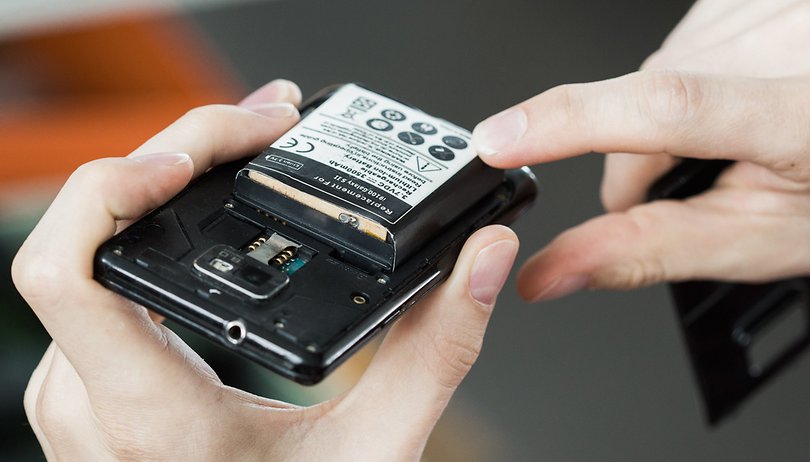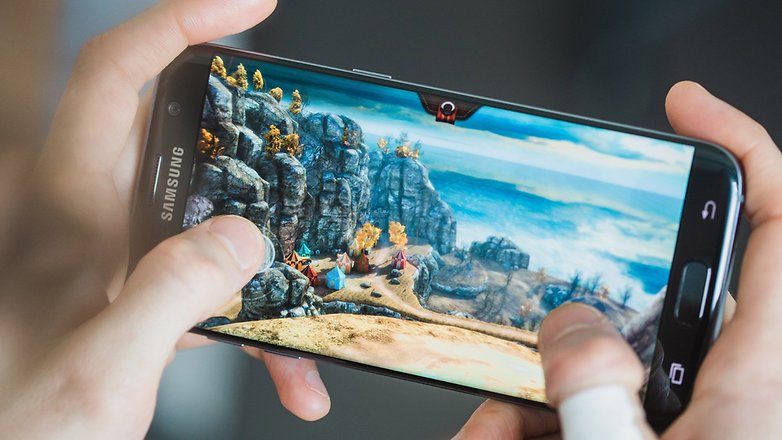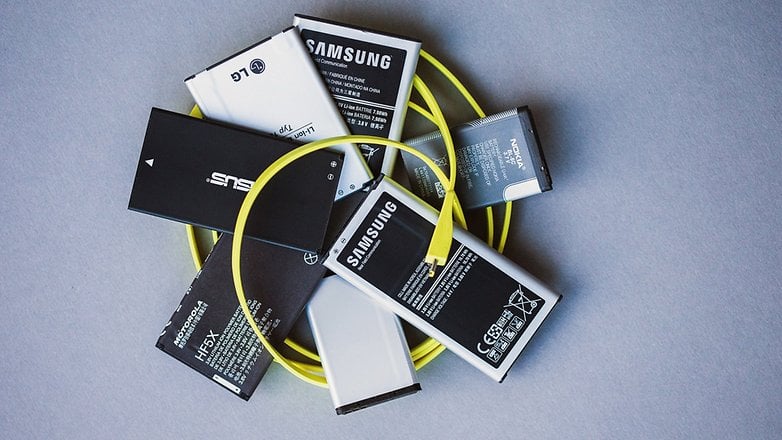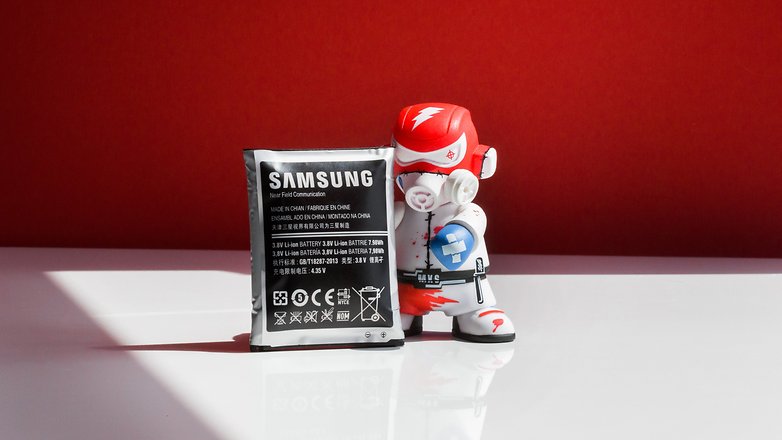Why smartphones overheat, and how to stop it


Smartphones will warm up from the moment you switch them on; this is unavoidable and mostly safe. But phone overheating can be a serious issue, damaging devices and affecting performance. In this article, we address three important questions: what causes a smartphone to heat up, what causes it to overheat, and how can it be avoided?
You can find more videos on current tech topics on our video page.
Jump to:
- Why do smartphones heat up?
- Why do smartphones overheat?
- How does overheating damage your smartphone?
- What can be done to prevent overheating?
Why do smartphones heat up?
The answer lies in a basic property of physics: movement generates heat. Our smartphones have to physically move things around to work at all, so they have to generate heat. The amount of heat your smartphone produces is largely proportional to the amount of electricity moving through it.
If you’re playing a game that demands a lot from your central and graphics processing units, both housed in a central system-on-a-chip (SoC), they will become warm, as they require more power to carry out their tasks.
Your phone becoming warm is no reason to worry, they’re designed to work that way, but if it becomes unpleasantly hot, you probably have cause for concern.

Why do smartphones overheat?
Generally speaking, SoCs are extremely well optimized, and overheating is rarely an issue. They are specifically designed to handle high temperatures. When your device approaches a potentially damaging temperature, the processor speed will be reduced, making slower operating speeds one of the signs of overheating; under more severe circumstances, a warning will be displayed, preventing you from using the device until it has cooled.
If your device is experiencing frequent overheating, it could be for a number of solvable reasons, mostly related to overloading the hardware. Pushing your GPU for too long is one of the quickest ways to overheat your phone (as anyone who has tried a Gear VR knows all too well).
The same can happen with demanding apps, but the burden will here fall on the CPU. Multitasking, extra features and functions, like widgets, and, for whatever reason, your phone having to check its connectivity – be it Wi-Fi, Bluetooth, whatever – all require processing power – warming the SoC – and more electricity – warming the battery.

Other factors that can lead to overheating are external: leaving your smartphone out in direct sunlight, for example, or throwing it into the oven. If you don’t overexert your phone and it still overheats to excess regularly, it could well be a hardware malfunction, and it would be worth trying to score a replacement.
There is no better example of poorly optimized hardware leading to overheating issues than the infamous Snapdragon 810. This was the flagship processor of 2015, and was featured in nigh-on every flagship device. From the very start it was plagued with rumors of overheating issues, and, while performance varied from device to device, the chip certainly throttled its processing speeds heavily and frequently to avoid overheating, leading to slower performance.
The problem particularly seemed to plague Sony devices, with the company issuing multiple software patches for its Xperia Z3+ and even adding cooling pipes into its Xperia Z5 models, something that Samsung also did with its then-flagships, the Galaxy S7 and S7 Edge.
While there are safety checks in place, and most phones don’t suffer from frequent overheating, when it does happen regularly or to extremes, the heat can damage your device.
What damage can be done?
Battery
Inside modern smartphones, you will find a lithium-ion battery. These are clever tricks of technology. A non-rechargeable battery only allows for a chemical reaction, designed to generate electricity, to happen in one direction: electrons leave the battery to travel through a circuit (your phone). Rechargeable batteries allow this reaction to go both ways, so the battery can give and take charge, and do it hundreds of times.

Lithium-ion batteries are the best rechargeable batteries available at the moment, but they still have disadvantages. There are two main problems:
- One is that they degrade, even when they’re not used. This happens relatively slowly, but you’re still lucky to drag two or three years of use out of one.
- Secondly, they are very sensitive to heat. Anything over about 30 degrees centigrade is going to start negatively impacting a lithium-ion battery, and this is a temperature it probably climbs above every time you charge it.
The main impact heat has on the battery is that it speeds up its degradation and thus more rapidly reduces its capacity, leaving you with a dead battery sooner.
One of the most dramatic overheating symptoms is that it can cause a lithium-ion battery to explode. Although we’ve all read the horror stories in the press, the chances of a battery exploding are very slim. For it to happen, there needs to be a thermal runaway, a vicious feedback loop, where a rise in temperature increases the reaction rate, which in turn further increases the temperature, and so on.
This process requires there to be either an internal malfunction, which is usually managed by a circuit breaker, or extreme external conditions (throwing it into a fire, for example). For a battery to explode, you will need to get it above 200 degrees Celsius, a very unusual thing to have happen in everyday life.

System-on-a-chip
When it comes to the SoC, the processor speed will be throttled to prevent overheating, which slows your device down, sometimes to the point of unusability. If there is too much heat for too long, it can damage the chip physically.
Again, as with the battery, this latter possibility is unlikely to happen, as there are safety measures in place. But even so, it can be concerning to feel excessive heat, and annoying to have to wait for your device to cool down. Some devices are prone to overheating (Sony Xperia Z3+, I’m looking at you), but it is unusual, otherwise.
How to avoid overheating
Battery tips
Pretty much the worst thing you can do to a battery is to expose it to heat when it is fully charged, so getting it to 100 percent is a bad thing, as your battery will be periodically checked and charged back up to 100 percent, applying stress.
Depth of discharge also affects battery life, meaning it's best not to let the charge run down to zero percent. If you charge from, say, 30 percent up to around 80 percent, you're treating your battery nicely, and doing a good job of avoiding cell phone overheating. Although it might sound like a pain (it is), it could more than double the amount of charge cycles you get out of a battery.
If you must charge your phone overnight or for a long period, it's best to leave it on a cool hard surface, instead of on a bed or sofa, which traps heat. Having a charging phone under the covers with you while you sleep is a definite no-no. For similar reasons, don't leave the phone lying in direct sunlight either.
Power saving
To manage or prevent overheating of the SoC, ensure you don’t play demanding games or watch videos for too long, don’t multitask on applications that require a lot of processing power, try to avoid using Bluetooth for prolonged periods, and only use Wi-Fi if its stable. In essence, avoid as many demanding processes as possible.
Get naked
No, not you. Not necessarily, anyway. When it comes to smartphones, a case or cover can trap heat emitted from the handset, so if you need the device to cool off a bit, strip it and expose the body to the air.
Use an app to save power
There are apps available on the Play Store that help to manage your phone's processes with an eye to conserving power and resources. Many in the AndroidPIT community recommend Greenify, a free app that can help you solve overheating issues on your phone as well as extend battery life.
Don't sweat it
Don’t overexert your phone or leave it in direct sunlight in mid-August, and you should generally be fine. Most modern smartphones are designed to deal with all but the most strenuous activities, and the chances of a catastrophic meltdown are minuscule.
If temperatures are rising for no discernible reason, try to get a replacement, as the device is likely defective.
Have you had any problems with your smartphone overheating? How do you solve them?


















good one
Cool tips! I use my phone until its low battery notification beeps. After reading this post, I think I should take care of my phone's battery and its charging cycles.
The fear of having to shell out again is what there is to hate about smartphones. I cannot afford to upgrade every 1 1/2 years, cause it's usually the time frame after which EVERY shiny new gadget starts acting up - oleophobic layer being wacky, battery degrading, internal memory degrading (eMMC is still around :P), low on memory (because cache and Android things and naughty shovelware update policies), etc etc -- the list goes on!
You know, what I noticed is that some third-party chargers and batteries are also can be blamed for heating up of smartphones. And chargers with different wattage heat up the smartphones to some extent as well.
I've never had a battery overheat, since I switched to a phone with a 4,000 mAH battery. Typically, I REFUSE to fast charge my phone, unless it just happens to be one of those whoops I let it run down and need a small boost. But, that rarely happens as I can sometimes go 1 1/2 days between charges. Fast charging, IMO, can reduce the lifespan of most batteries, but, considering consumers like to toss their phones for new ones every 12-24 months, it probably impacts the battery very little. Fast charging, increases the amperage to the cells inside a battery, which can cause the chemical reaction to give off heat, which can decrease the lifespan of the battery.
i have s5 and s7 edge and they get hot, what i do is i put it in the freezer for 3mins or in the vent of my ac in the front for 3mins
My CPU is getting hot on my Jelly Bean, that I need to replace my phone,
since it is not possible to take it into an shop to replace the CPU.
I had shut the phone down completely and took out the battery.
I was scratching Scratch Its on Lucktastic, when it had occured.
There goes my 1 Dollar Bill, trashed, even my online tokens! :(
It would be nice if the charging circuitry was built so the phones don't automatically give the battery 2.4 amps while charging when they're already topped up.
Typically, most already do. Once a battery is around 90% of capacity, the charging circuit is suppose to "trickle charge" it the rest of the way, so as to not overheat the battery. Plus, batteries have thermistors to limit the charger, and in case of a failure, thermal cutoffs that melt if the temperature inside the battery, rises beyond a certain level. Once the cutoff (called a thermal fuse), melts, the battery is DOA permanently.
But up till today is hard to an app that can really help you not to overheat your phone too much when you play games for too long(take for example Pokémon go)
There was a appreciable amount of heat coming from around the camera module, on my lg g3. A little bit of aluminum foil, around the module(making sure the foil didn't touch any metal), reduced temp a lot.
The use of Greenify app to hibernate non-active apps and turn down the brightness of my screen to about 50% are the two things that I found really helped. I have a Nexus 6 Motorola with Android OS 6.0.1.
I use a Greenify app on my ZTE and it has not only improved battery life ... but also made sure I do not overheat my android smartphone (thank you for mentioning this app, I think it should be added to the article) :-)
Galaxy S5 user here. Greenify saved my phone's life in the summer :)
Both performance and battery wise ( ͡o ͜ʖ ͡o)
sorry,but this is pretty stupid to have it expensive phone and use it for only on half power,can use phone for 10 pounds better to use 100 % brightness,i know,can helps for not heating,but its stupid factories, i have normal phone and im use 100 % brightness all the time,its heats,but fu... him,sorry man respect.
What about QI chargers? I noticed that my wireless chargers tend to cause the batteries to get hot. Your thoughts on that?
Now here I thought I would hear something new... the only I learned was the tip about the battery. Besides that, running as few programs as possible, to turn off all unessesary apps and features are as logical as turning off your tap if you don't want water to spill out. Maybe I read too many of these tips and expect more... so, in this case thanks anyway!
xD ye well. Guess not everybody knows what we know :=)
Z3+ issues have been solved.
If you check the Sony forums the Z3+ issues are still ongoing, I got rid of mine last week after multiple firmware updates the phone was just inoperable at times especially the camera, which they have reduced the pixel size from 20mp to 8mp! On the optimum setting,